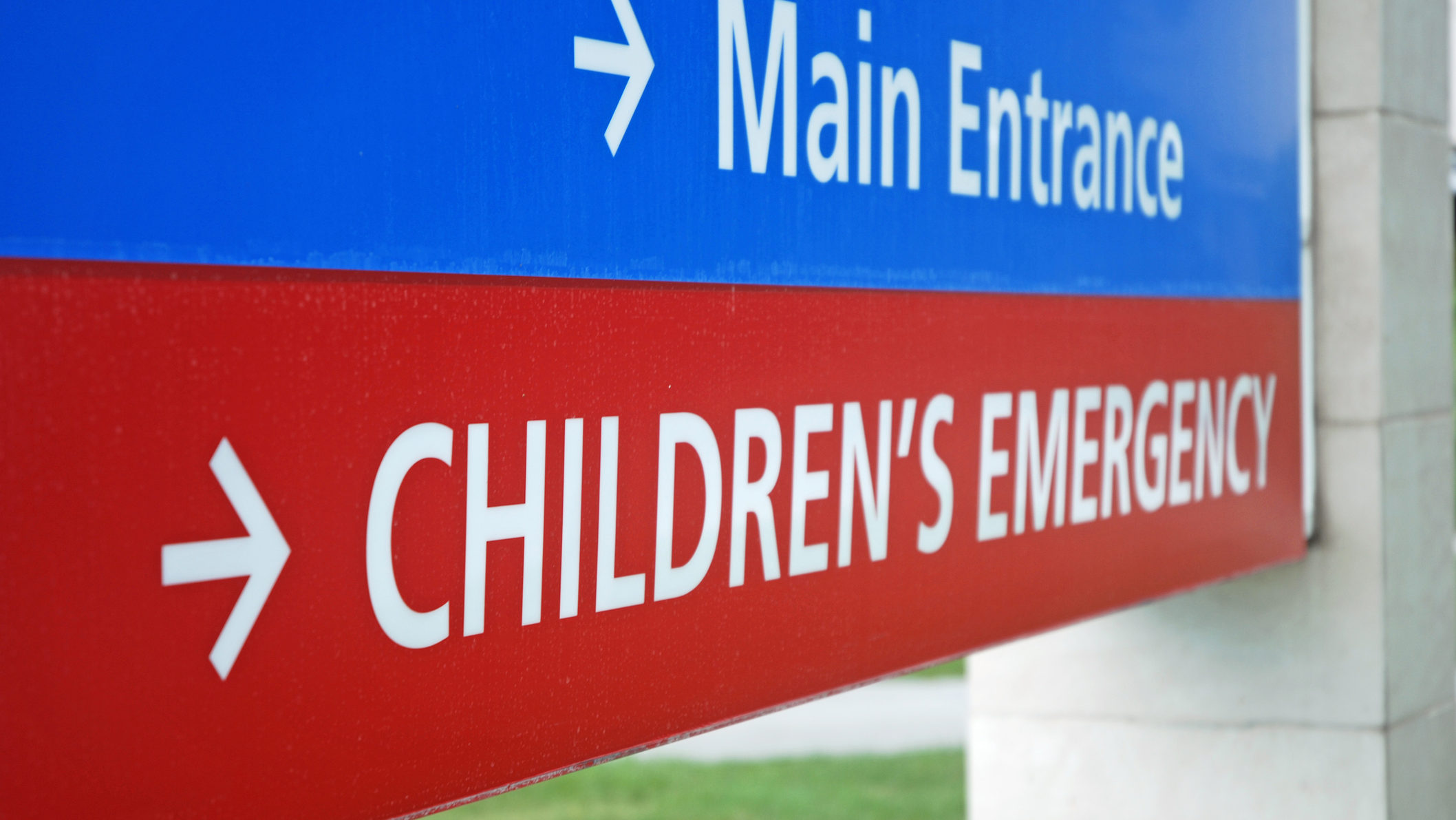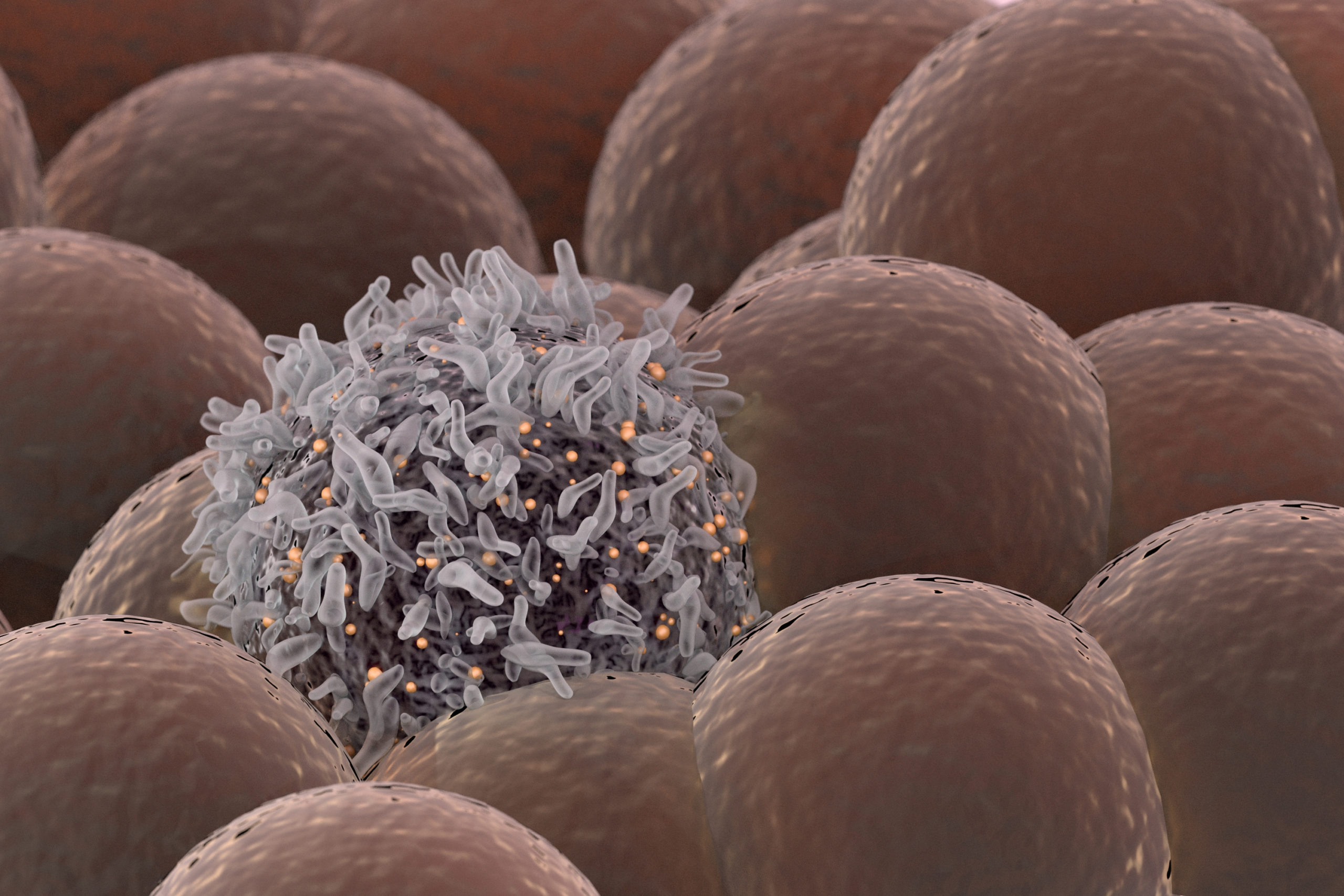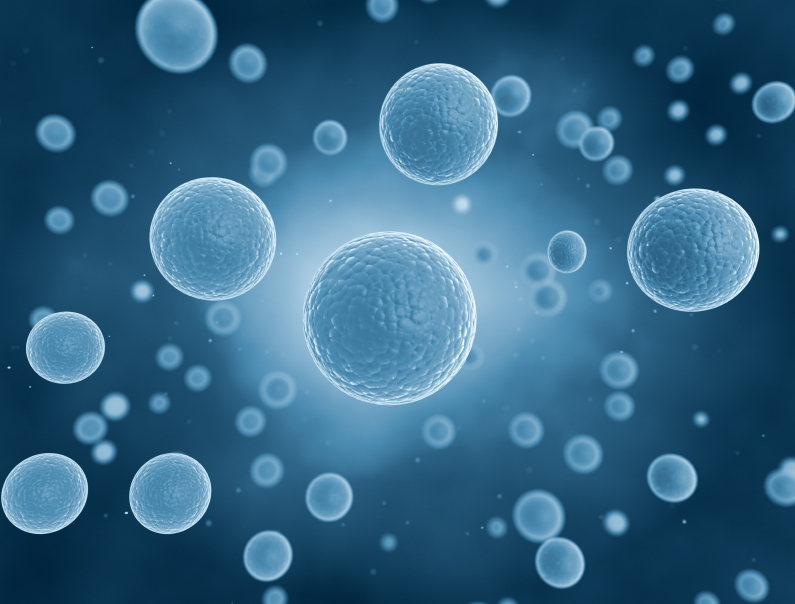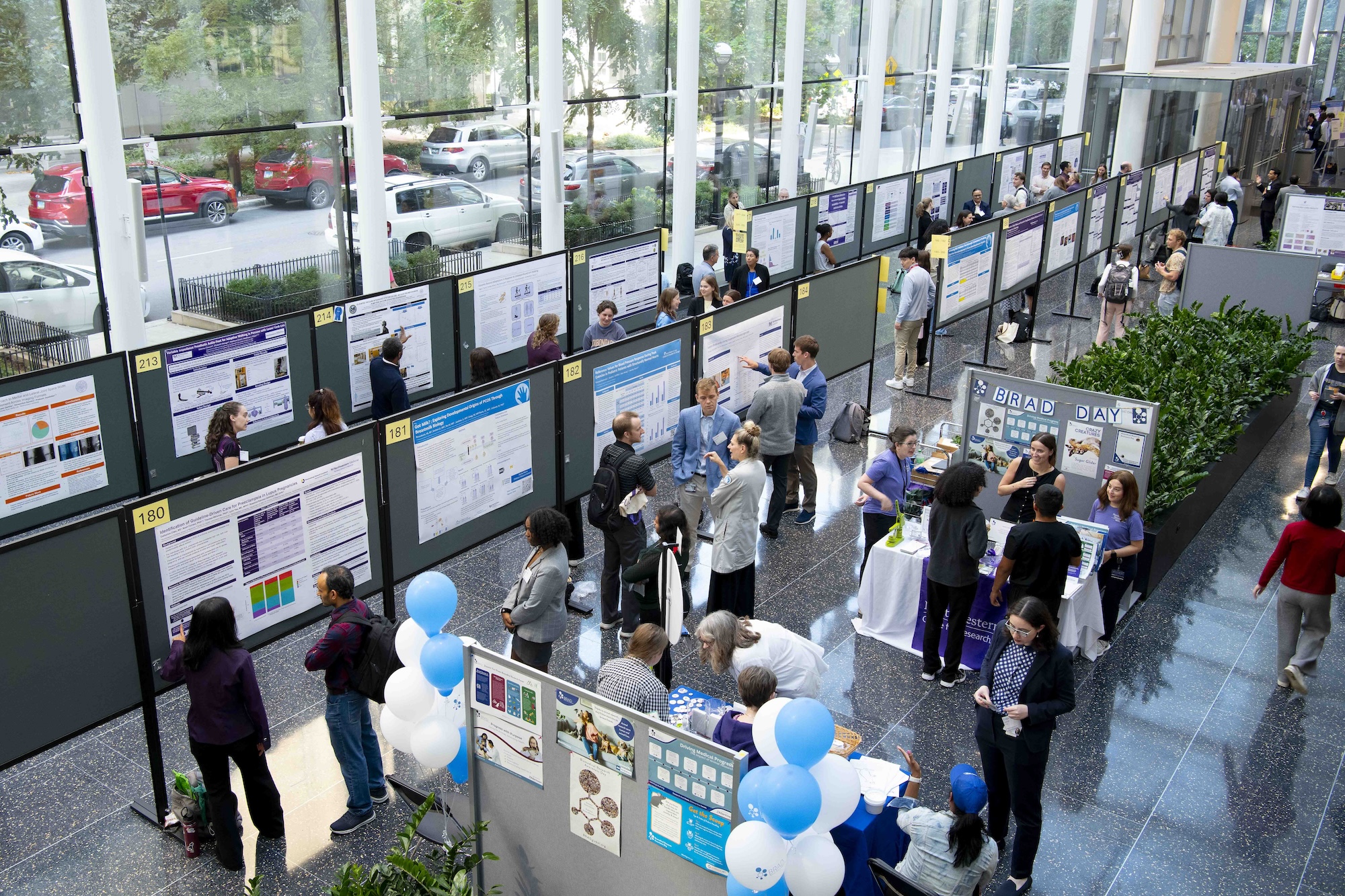News
Media Coverage
-
CBS Chicago
–
Osher Center at Northwestern Medicine to host fundraiser focused on food as medicine
Osher Center executive director Dr. Melinda Ring said there are many ways that food impacts all of our lives and health. She explained to Suzanne Le Mignot what using food as medicine looks like.
-
Chicago Sun-Times
–
Gov. JB Pritzker signs executive order to protect COVID-19 vaccine access under RFK Jr.
Dr. Larry Kociolek, professor of pediatrics at the Northwestern University Feinberg School of Medicine, said the governor’s order will establish a state-endorsed standard of care that will likely make it more favorable for doctors to be able to prescribe the COVID-19 vaccine to more people.
-
Fox Chicago
–
Chicago researchers highlight racial disparities in heart failure study
A new Northwestern Medicine study shows Black adults face heart failure nearly 14 years earlier than white patients, with researchers pointing to economic and social factors as key drivers of the gap. Xiaoning Huang, PhD, and Lucia Petito, PhD, discussed the results of the study
-
US News & World Report
–
Kids with High BP May Face Risk of Early Heart Disease Death as Adults
The study is the first to examine the impact of both systolic and diastolic blood pressure in childhood on the long-term risk of heart-related death across a diverse group of children. Systolic blood pressure, the top number in a blood pressure reading, is the force exerted in arteries while the heart is beating. Diastolic pressure…
-
Fox News
–
Harmless’ virus found lurking in Parkinson’s patients’ brains, new study shows
Northwestern Medicine scientists discovered Human Pegivirus (HPgV) in the brains and spinal fluid of people with Parkinson’s, but not in those without the disease. The results challenge decades of assumptions about the virus. “HPgV is a common, symptomless infection previously not known to frequently infect the brain,” Dr. Igor Koralnik, chief of neuroinfectious diseases at…
-
The Washington Post
–
5 warning signs of a heart attack, according to cardiologists
Heart attacks occur when blood flow to the heart stops or slows, often because a plaque rupture causes a blood clot that blocks a coronary artery, cardiologists say. “When someone tells me their chest is aching, that elevates my concern,” said Clyde Yancy, MD chief of cardiology at the Northwestern University Feinberg School of Medicine.
Breakthroughs Podcast
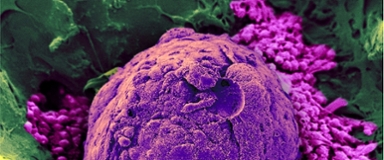
Listen to the people behind the science. Our Breakthroughs Podcast series highlights the powerful collaborations and extraordinary discoveries happening at Feinberg.
Faculty and Awards
Student Awards
See how Feinberg students have been recognized for their extraordinary achievements in the clinic, laboratory and community. For more information, visit our Student Awards page.
About the News Center
Through the News Center, Northwestern University Feinberg School of Medicine highlights our many educational programs, innovative research and discoveries, and our outstanding students, faculty, and staff. The News Center also captures mentions of Feinberg people and work in external media outlets. Learn more about us.

